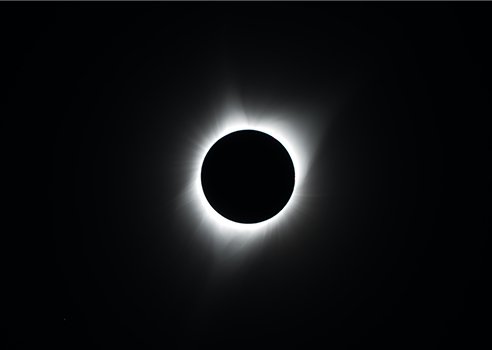Reading time: About 1 minute
Increase your vocabulary and you’ll make your writing much more precise. That’s why I provide a word of the week. Today’s word: penumbra.
By the time I hit grade 11, I’d mostly opted out of maths and sciences and, instead, focused on literature and social studies. Still, I knew what a penumbra was.
It’s a partial shadow — the area between complete darkness and complete light in an eclipse (as shown in the photo, above.)
I recently re-encountered the word in the amusing book, Tourist Season, by Carl Hiaasen, the story of a private eye working to solve an unusual crime in South Florida. (The head of the city’s chamber of commerce is found dead with a toy rubber alligator lodged in his throat.) By the way, I believe the story isn’t quite as engaging as Hiaasen’s earlier, young adult book Hoot, which I think is better written.
Here is the sentence in which I found the word:
Keyes watched them huddle in the penumbra of a streetlight: a chubby, pleasant-faced woman who belonged at a church bake sale, and on each side, a tall husky Midwesterner in a purple fez.
I’ve always enjoyed the sound of the word penumbra. To my ear, it is both melodic and rich with hum of the “m” nicely balanced by the sharpness of the sudden “br” blend. According to my etymological dictionary, the word was coined 1604 by German mathematician and astronomer Johannes Kepler. It comes from the Latin pæne, meaning “almost” and the Latin umbra, meaning “shadow”


